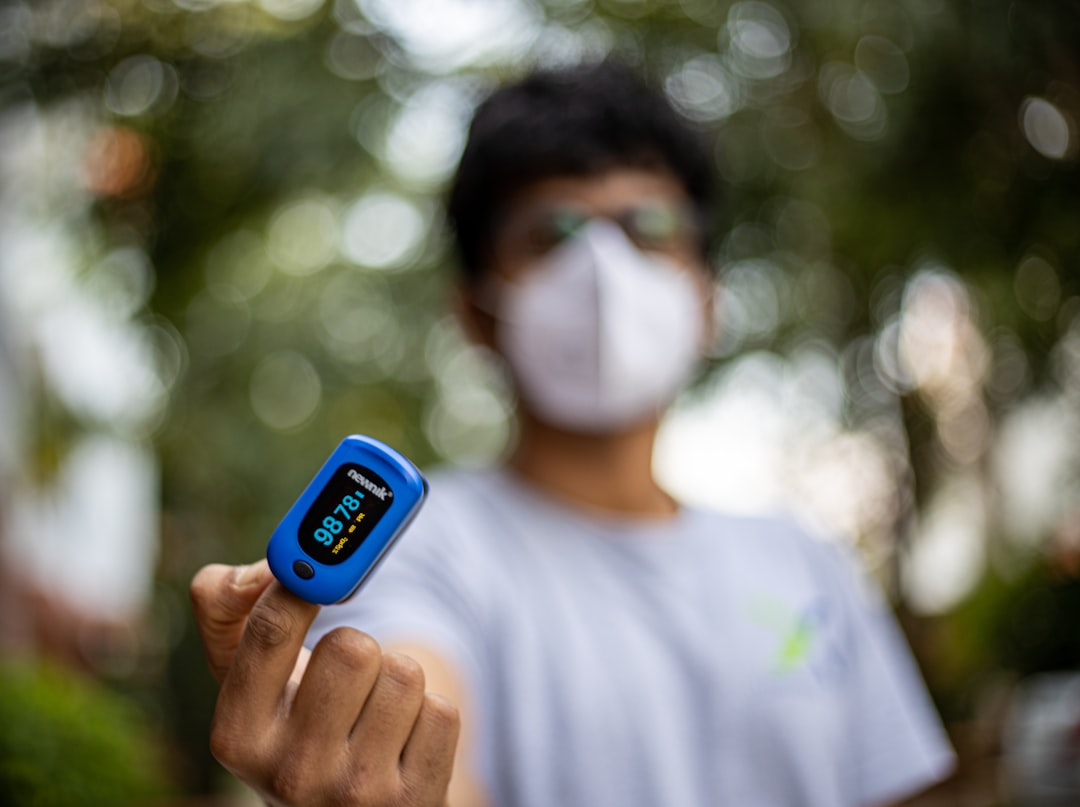What is it about?
In self-direction, individuals who use publicly funded mental-health services, and who have an interest in selecting their supports, control a portion of funds normally spent on their mental health treatment. Self-directing participants allocate individual budgets in a manner of their choosing within a set of program parameters, selecting and purchasing goods and services to work toward their long-term recovery goals. To find out about self-direction's impact on important functional outcomes like employment and housing, we looked at data from the nation’s largest and longest-standing self-direction effort: FloridaSDC.
Featured Image
Why is it important?
Self-direction is emerging as a promising model of service delivery for people with serious mental health conditions, and one that aligns with the federal focus on using individualized, person-centered care to effect recovery.
Perspectives
I greatly enjoyed working with three of my mentors on this article. It is part of a Demonstration and Evaluation of Self-Direction in Mental Health that explores mental health self-direction in six states, and we hope to build on this research in the next couple of years by examining different components of self-direction, including participant views on implementation.
Bevin Croft
Human Services Research Institute
Read the Original
This page is a summary of: Housing and Employment Outcomes for Mental Health Self-Direction Participants, Psychiatric Services, July 2018, American Psychiatric Association,
DOI: 10.1176/appi.ps.201700057.
You can read the full text:
Resources
Contributors
The following have contributed to this page










